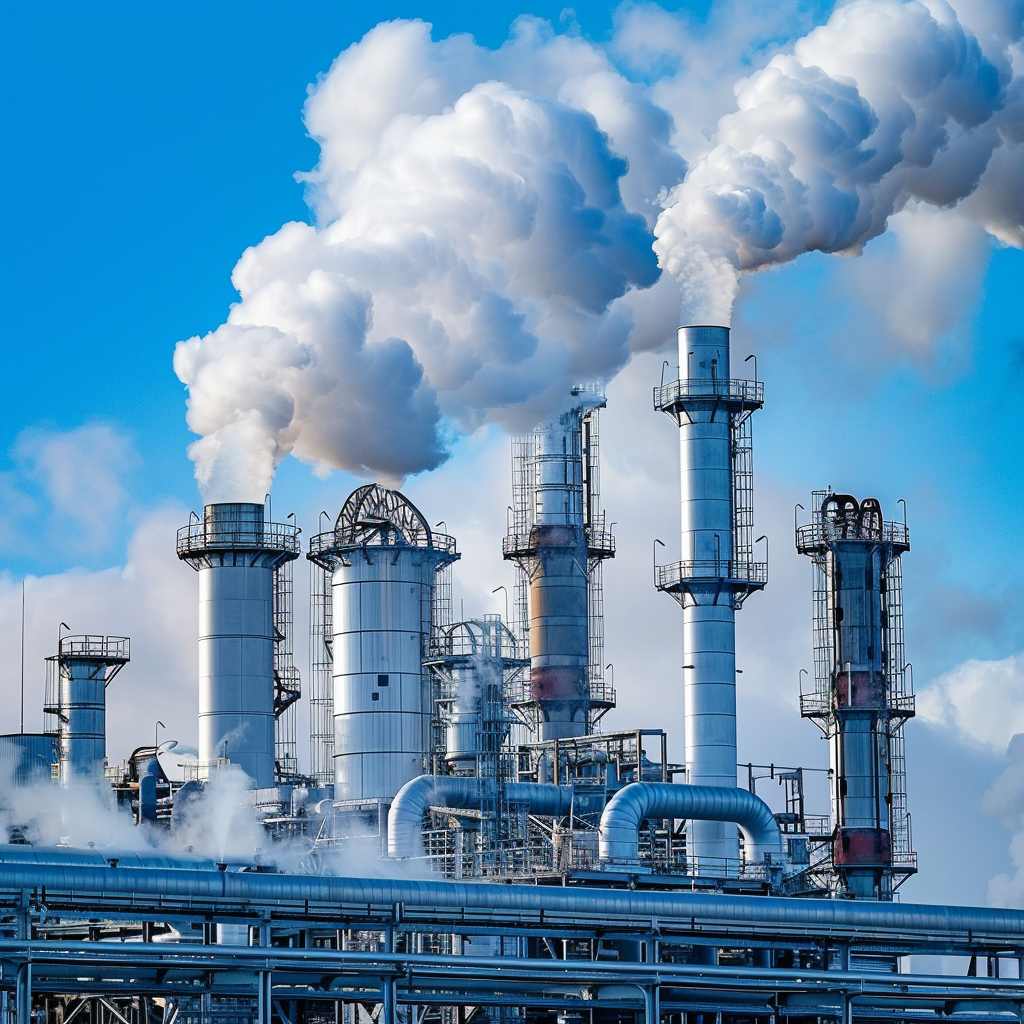The groundbreaking research led by Marta Hatzell and her team at Georgia Tech’s College of Engineering unveils a promising solution in the fight against climate change. Their innovative process offers a compelling prospect: reducing the energy-intensive nature of carbon dioxide recovery from carbon capture, while simultaneously making it economically feasible. If these findings hold true, it could signify a significant step towards combating global warming. The hurdle with previous carbon capture methods was their cost-intensive nature and lack of potential monetary gain. This process could offer a capitalistic approach to solving climate change. The scrubbed CO2 could be turned into other marketable products, and with the claimed efficiency of 100%, this method could be the solution the world has been seeking.
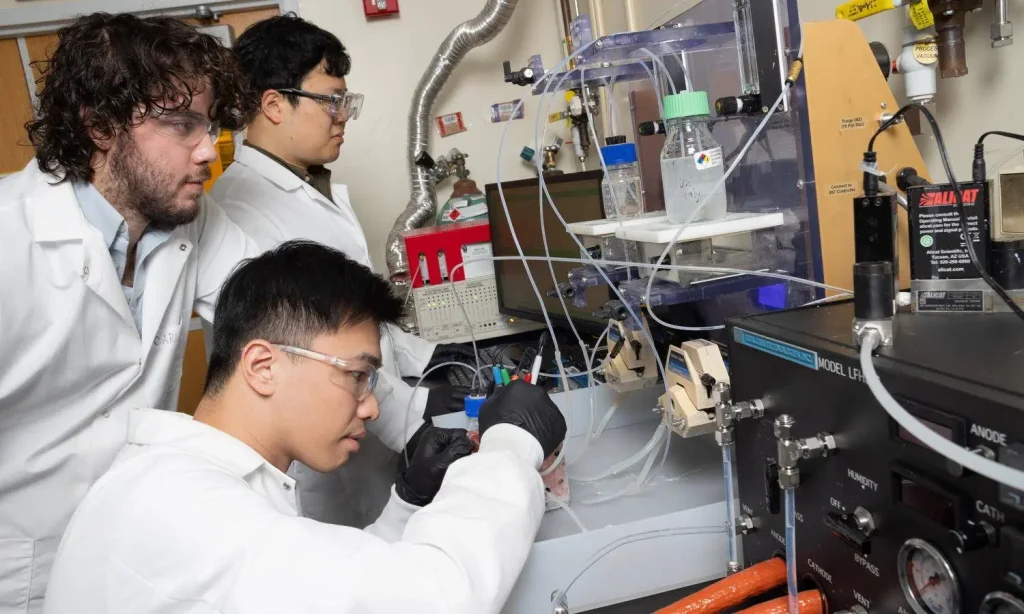
In the face of escalating global temperatures, scientists worldwide are seeking effective strategies to curb greenhouse gas emissions, particularly carbon dioxide. While transitioning to renewable energy sources remains crucial, the concept of carbon capture presents a complementary avenue. By capturing and utilizing existing carbon dioxide, this approach holds immense potential in mitigating atmospheric CO2 levels.

Traditional carbon capture methods have been plagued by complexity and high costs, with efficiency rates hovering around 50%. However, Hatzell’s team has developed a game-changing catalyst that could revolutionize the process. By efficiently extracting CO2 from bicarbonates and converting it into carbon monoxide gas, their approach streamlines the carbon capture process, maximizing efficiency and minimizing energy consumption.
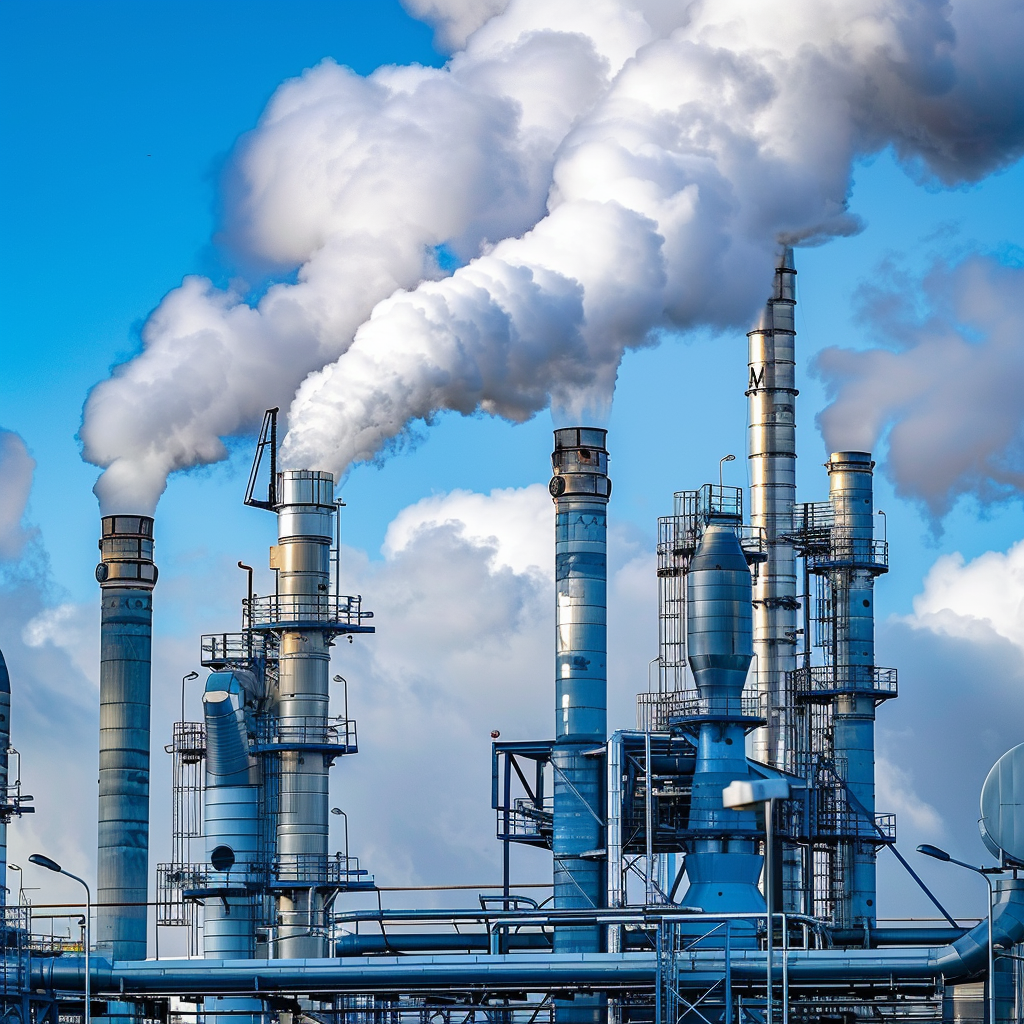
The significance of this breakthrough cannot be overstated. If the reported efficiencies hold true, the implications for climate change mitigation are profound. With nearly 100% utilization of processed CO2, compared to the industry standard of 35%, this technology has the potential to significantly reduce carbon emissions on a global scale.
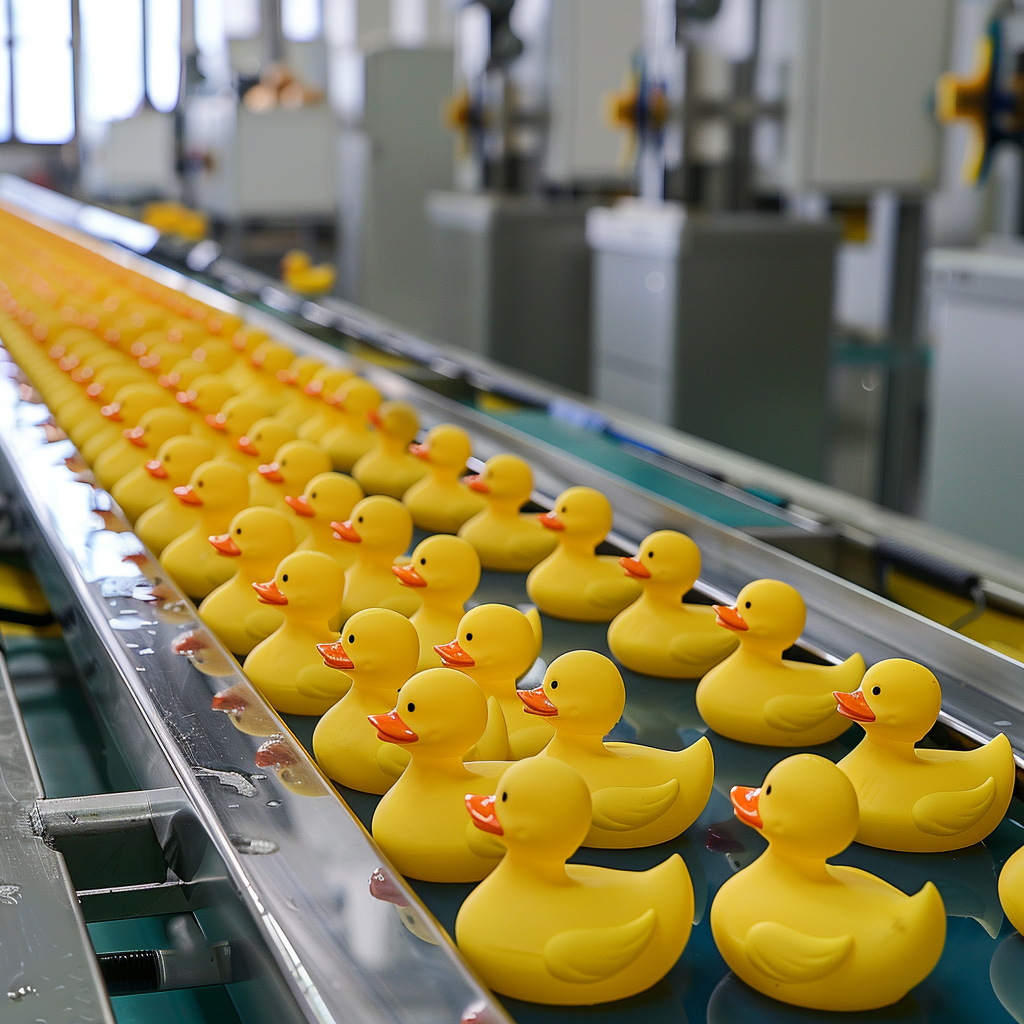
Producing carbon monoxide from the CO2 scrubbed from the air is a complicated, intensive process. But if done economically, the resulting raw material could be linked to existing chemical processes and turned into new useful products from rubber ducks to parts for electric cars.

The catalyst’s resilience in acidic environments addresses a longstanding challenge in carbon capture technology, further bolstering its applicability and reliability. By ensuring uninterrupted CO2 conversion, regardless of environmental conditions, the system offers a robust and versatile solution to carbon capture challenges. This discovery does not imply we should stop or slow our existing transition to a low-emissions globe; rather, it provides a potential path to carbon neutrality.
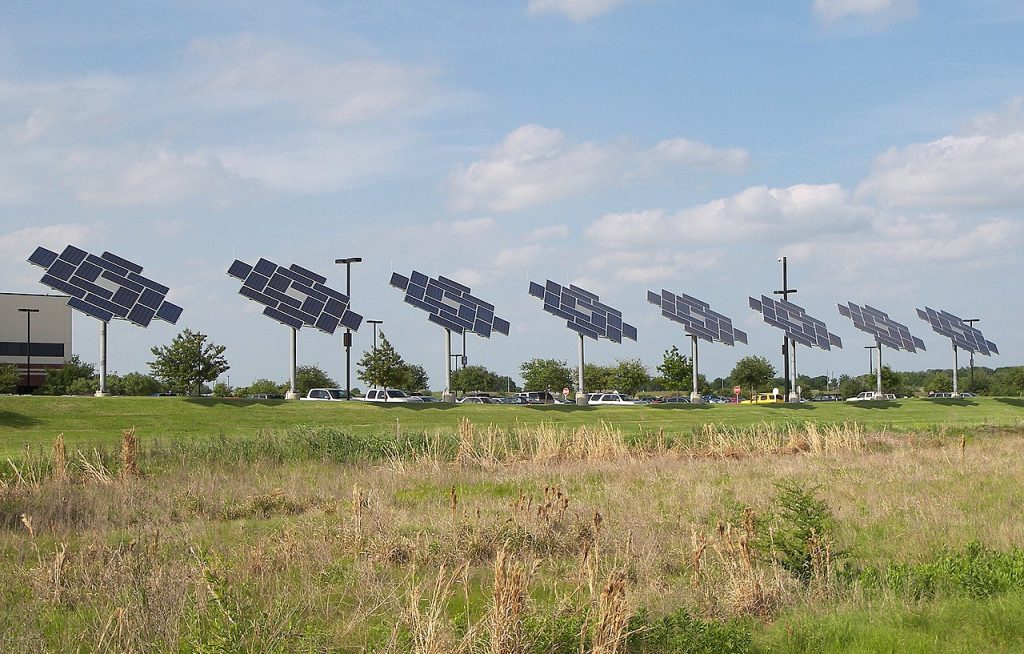
While it’s essential to approach such claims with cautious optimism, the implications are undeniably tantalizing. If this breakthrough proves to be as transformative as suggested, it could represent a crucial turning point in the fight against climate change. By dramatically reducing the energy and cost barriers associated with carbon capture, this technology could pave the way for widespread adoption and meaningful progress towards a carbon-neutral future. The study, published in The Journal of Energy & Environmental Science, can be found…here.

